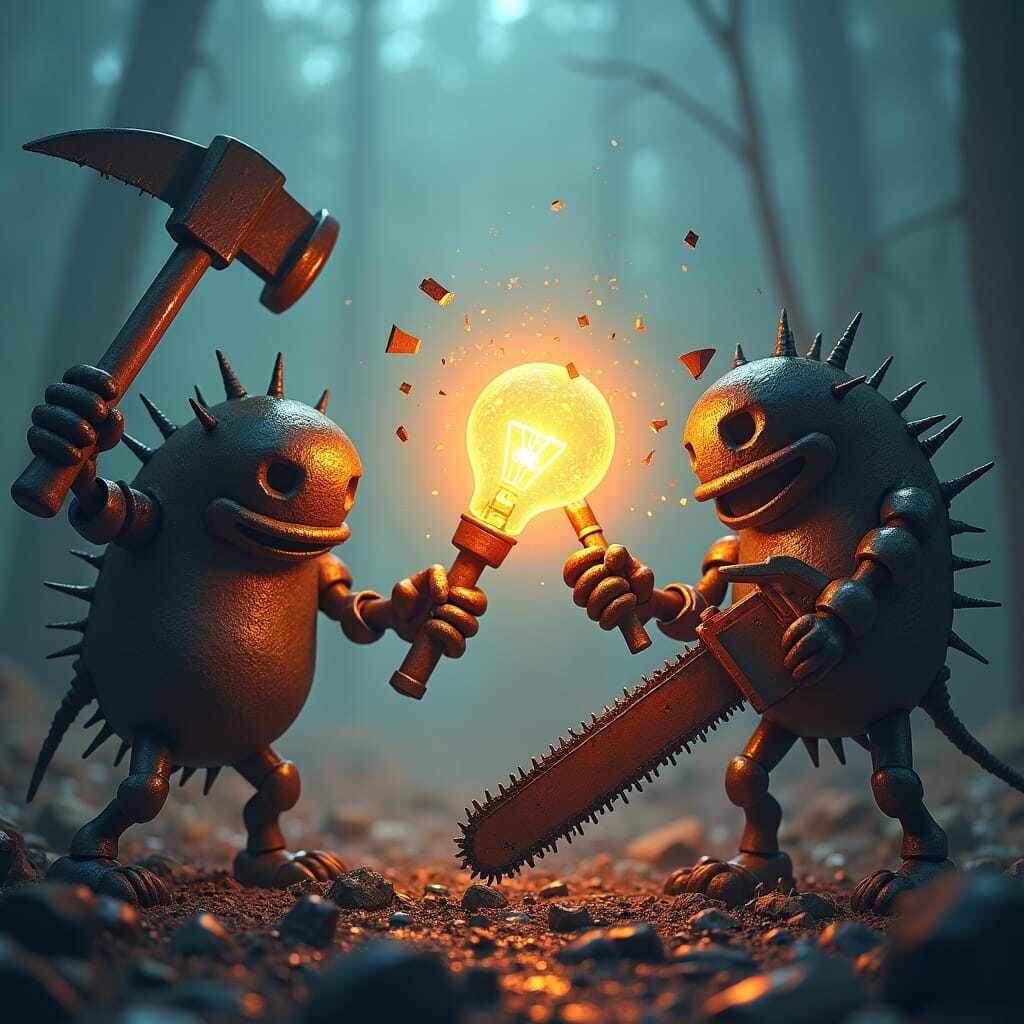Deep work - the phrase itself conjures up images of being immersed in profound thought, where creativity and innovation meet, and work just seems to flow effortlessly. It’s the state where you’re producing your best ideas, solving complex problems, and feeling deeply fulfilled by the progress you're making. It’s the closest thing to euphoria I can imagine. Pure productivity. But in today’s chaotic, digital work environments, this ideal state is not only harder to achieve, it’s nearly impossible.
If deep work is crucial - if it is the kind of work that leads to breakthroughs, mastery, and high-quality results in less time - then what is keeping us from it? And how can we remove those obstacles so that we can create the space for deep work?
What is Deep Work?
Let’s define it first. Deep work, as explained by Cal Newport, is the ability to focus without distraction on a task that pushes your cognitive limits. This kind of focused effort leads to more productivity, creativity, and higher quality output. Whether you’re a software developer, writer, product manager, marketer, or academic, deep work allows you to enter a flow state where your best work is done. Newport recommends things like embracing the boredom that might come with removing distractions (hello social media), scheduling specific blocks of time to do deep work, and using rituals and routines that will allow you to get into a deep work state more easily.
Adam Grant, a top professor at Wharton (and author of Give and Take), famously uses deep work to produce an extraordinary volume of research by batching his work into long, focused periods. This approach minimizes task-switching allowing him to concentrate fully on a single, cognitive task, which mirrors Newport’s deep work recommendations.
How Deep Work Has Changed Over the Years
In the past, it was easier to dedicate time to deep work. Fewer distractions existed before the recent digital age - there were no Slack pings, social media alerts, or constant email notifications to pull our attention away. Heck, even before the smartphone we were more focused. I remember it being much easier to sit at my computer and type up an essay, article, project, or plan in 1998 than it was in 2008, than it was in 2018, than it is now. The only things “distracting” me back in ‘98 were my kids. Now, it’s my unconscious indoctrination into the digital world’s incessant screams for attention.
As computers became more central to our work lives, multitasking and fragmented attention became the norm. We’ve shifted from doing one thing well to managing multiple tasks poorly.
But the biggest change has been in how we work with our computers. Our digital environments are now fragmented, filled with disjointed apps and tools that require constant switching. Instead of starting with our work, we start with an app (Google Docs, Slack, etc.), locate the context (Asana, Notion, emails, messages), and then finally begin the task and get to work. This backward flow drains our focus and fragments our attention.
What Keeps Us From Deep Work Today
Today’s digital workspaces are chaotic, cluttered, and disorganized. We spend more time navigating apps and searching for context than actually doing meaningful work.
Here’s a deeper look (pun intended) on what’s preventing us from deep work:
Disorganized Computer GUIs - Our desktops are app-centric, forcing us to constantly search and switch between tools like Slack, Asana, and email. This fragmentation creates cognitive overload, draining our mental resources before we even get to the real work.
Constant Interruptions - With emails, Slack messages, and notifications interrupting us every few minutes, we’re stuck in a cycle of shallow work. Research suggests that after each interruption, it takes an average of 23 minutes to regain focus on the original task. That makes it nearly impossible to sustain the focus needed for deep work
A backwards workflow - The current system makes us prioritize apps over the actual work. We first open the tool(s) - Monday.com, PPT, Google Docs, etc. - search for the context, then finally get started on the work. It’s backwards. As humans, we start with the work that needs to be done (I have to write the plan that will take us to 2X revenue by the end of the year), then we gather context (strategy, data points, conversations, updates, etc.), then we get the tools to get it done (spreadsheets, notepads, Kanban boards, etc.)
Instead of computers supporting how our brains naturally function, we’re forced to work backwards fragmenting our workflows, scattering our focus, and wasting precious time and energy.
How Reframe is Solving this Problem
At Reframe, we believe that the key to deep work is flipping the workflow. Instead of starting with apps, we should start with the work itself.
But how do we do that?
Well, it won’t be with another “productivity” tool or manual hack. Why? Because our computers today are app-based. Their interfaces were designed such that multiple applications can run at the same time in windows/tabs. They weren’t designed to carry context for us. We still do that in our heads.
We must start with the root cause of what’s taking us away from deep work - the system, the environment itself within which we do our work - the computer's graphical user interface (GUI).
Think about it. Our apps are all disjointed. They operate in silos. They don’t “know” why what’s in them is important to you or what the larger context is or how they’re being used in relation to other apps you’re using to get your work done. There is no contextual awareness.
Reframe is building a new technology, a new digital environment called the Organized Work Environment (OWE). Think of it as a wraparound for your current environment that infuses contextual awareness to all your apps/tools on your computer - AI and otherwise. You don’t need to get rid of any apps, replace any, or even have to choose between Windows and Mac. Your OWE will arrange your work in Streams - focusing on the task at hand, bringing you all the context you need, and all the corresponding apps used to get your work done.
Newport claims that deep work is the “superpower of the 21st century” and we agree. But the way the current digital workspace is designed is preventing us from entering deep work and reaching our full potential. With Reframe, we are redesigning the digital environment to align with the way our brains work - allowing for deep, focused, and meaningful work.
Reframe’s OWE reduces the chaos of today’s fragmented workflows and puts deep work back at the center of your productivity. Instead of working for your tools, we let your tools work for you.
Ready to experience a workspace built for deep work? Join the waitlist and be the first to flip the workflow.




%20(2).png)